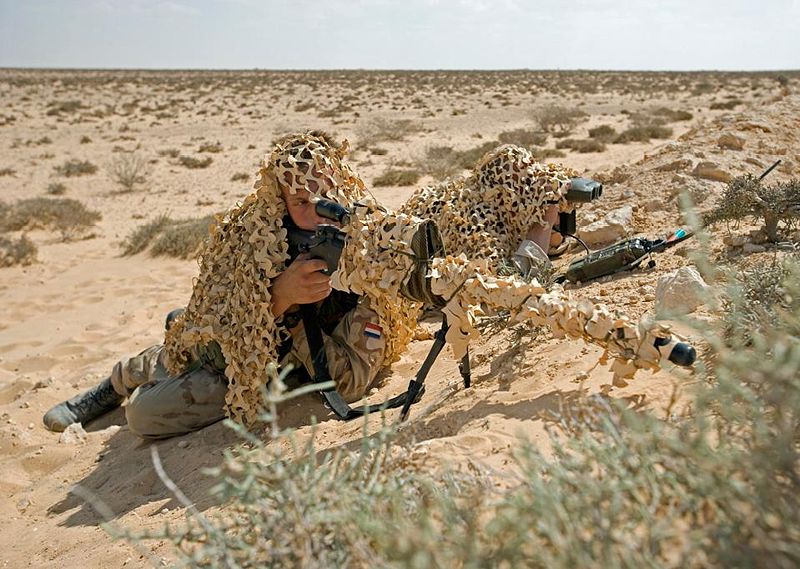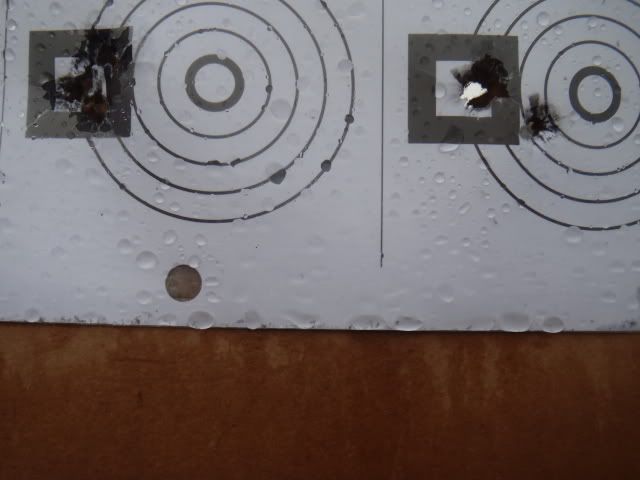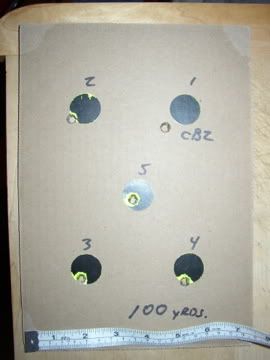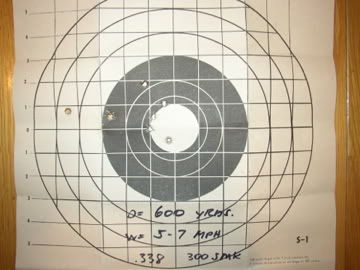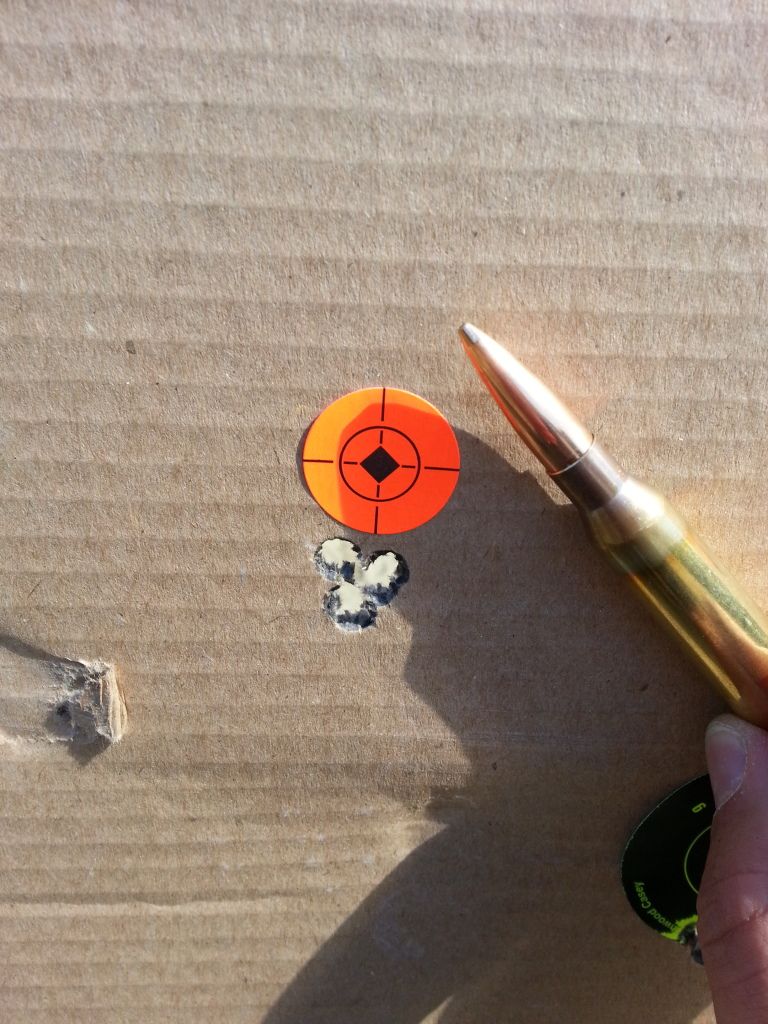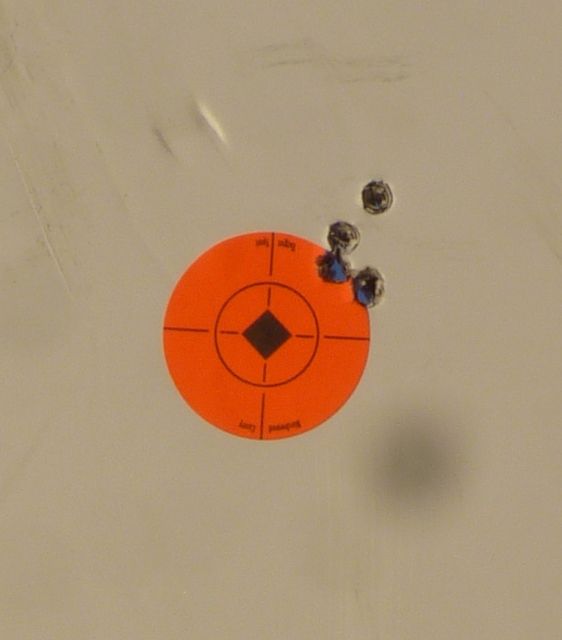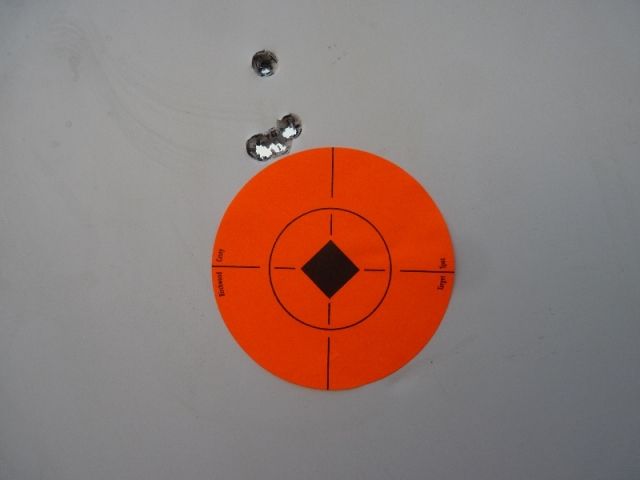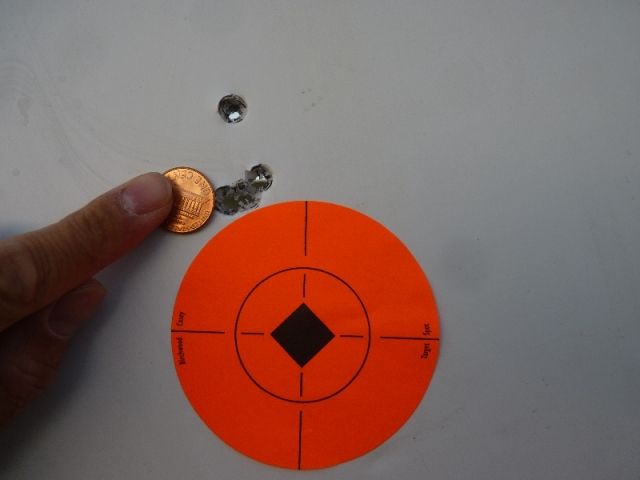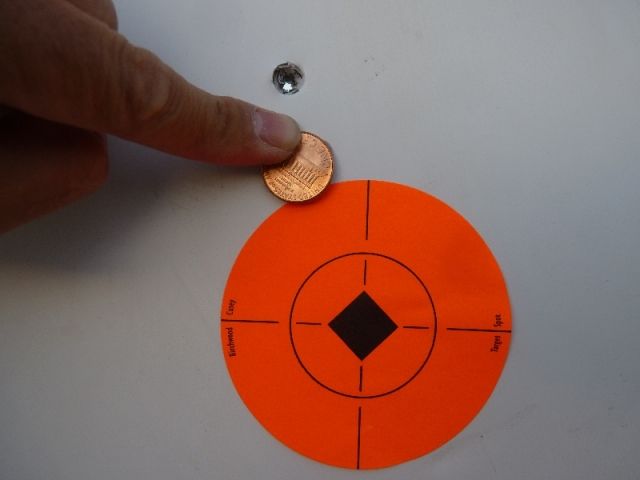Quick question about ballistics. I think I've either confused myself or misread what people have been saying.
I've seen several people hint or outright say that the .338 LM isn't meant for 100 yd groups as the bullet doesn't stabilize until _____ (insert range, seems to be 300 yds normally). This doesn't make sense to me.
If a gun is capable of shooting .5 MOA at 500-1000 yards, how is it ballistically possible that it could be shooting worse than this at 100-300? The implication to me is that the paths of the bullets are more erratic at short range as the bullet isn't fully stabilized. But extrapolate this, are people then thinking that somehow the bullets stabilize and magically get back in line with each other beyond 300?
MOA is an angular measurement, so unless bullets are being guided back to line-of-aim it is physically impossible for a group to be smaller (in an angular sense) at longer ranges than shorter ranges, at least repeatably.
Sorry for the rambling nature of this, I am just a very visual person and trying to convey what it is I am seeing in my mind. What is the story behind people saying .338 LM is not so great at 100?
Thanks!
I've seen several people hint or outright say that the .338 LM isn't meant for 100 yd groups as the bullet doesn't stabilize until _____ (insert range, seems to be 300 yds normally). This doesn't make sense to me.
If a gun is capable of shooting .5 MOA at 500-1000 yards, how is it ballistically possible that it could be shooting worse than this at 100-300? The implication to me is that the paths of the bullets are more erratic at short range as the bullet isn't fully stabilized. But extrapolate this, are people then thinking that somehow the bullets stabilize and magically get back in line with each other beyond 300?
MOA is an angular measurement, so unless bullets are being guided back to line-of-aim it is physically impossible for a group to be smaller (in an angular sense) at longer ranges than shorter ranges, at least repeatably.
Sorry for the rambling nature of this, I am just a very visual person and trying to convey what it is I am seeing in my mind. What is the story behind people saying .338 LM is not so great at 100?
Thanks!


